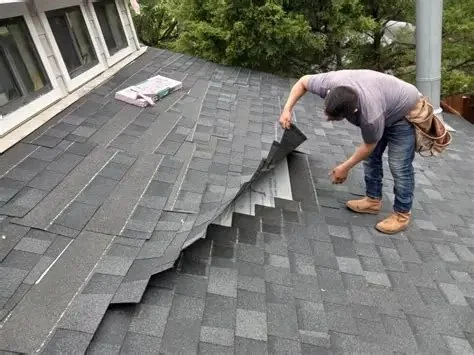
How to Repair a Roof Leak from a Rooftop Observatory or Dome
- 1. Introduction: Understanding Roof Leaks in Rooftop Observatories and Domes
- 2. Identifying the Source of the Roof Leak
- 3. Tools and Materials You’ll Need for the Repair
- 4. Step-by-Step Guide to Repairing the Leak
- 5. Common Problems and How to Avoid Them
- 6. When to Call a Professional for Help
- 7. Conclusion: Ensuring Long-Term Leak Prevention
1. Introduction: Understanding Roof Leaks in Rooftop Observatories and Domes
Rooftop observatories and dome structures are unique in their design and function. While they offer stunning views and a space for star-gazing or scientific observations, they also present specific challenges when it comes to roofing. One of the most common issues that owners face is roof leaks. In this article, we’ll explore the causes of these leaks and provide a detailed guide on how to repair them effectively, ensuring the long-term protection of your investment.

Allphase Construction & Roofing, Inc.
WalthamMiddlesex CountyMassachusetts
303 Wyman St #300, Waltham, MA 02451, USA
2. Identifying the Source of the Roof Leak
The first step in repairing a roof leak is determining where it’s coming from. For observatories and domes, leaks can occur due to various factors such as weather conditions, structural design flaws, or wear and tear over time. Here are some common causes:
- Damaged Sealant: The sealant around the edges of the dome or observatory can crack over time, allowing water to seep through.
- Roof Membrane Failure: If the roofing membrane is punctured or deteriorated, it can create pathways for water to enter.
- Improper Flashing Installation: Flashing is critical to direct water away from joints, seams, and edges. Improper installation or damage can result in leaks.
- Clogged Drains or Gutters: Poor drainage can cause water to back up and leak through the roof.
By identifying the specific source, you can proceed with targeted repairs rather than a temporary fix.
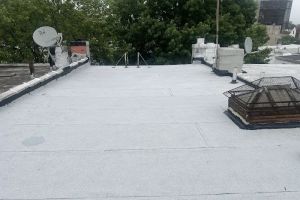
Daniel's Roofing:Best roofing contractor Queens/Brooklyn Ny
67-04 Myrtle Ave, Glendale, NY 11385, USA
3. Tools and Materials You’ll Need for the Repair
Before you begin the repair process, ensure you have all the necessary tools and materials. Having everything ready will streamline the repair and make it more effective. Here's a list of what you’ll need:
- Safety Gear: Protective gloves, safety goggles, and a sturdy ladder are essential for safety when working at heights.
- Roofing Sealant: Choose a high-quality, waterproof roofing sealant that is compatible with the roofing material of your observatory.
- Roofing Membrane: If the membrane is damaged, purchase a new membrane or patch kit that suits the dome's material.
- Flashings: If the flashing around the dome has been compromised, you’ll need to replace it with new flashing material.
- Utility Knife: For cutting the roofing materials and flashing to the correct size.
- Roofing Cement: To secure and seal areas that are vulnerable to leaks.
4. Step-by-Step Guide to Repairing the Leak
Once you’ve identified the leak source and gathered the necessary tools, it’s time to get to work. Follow these steps to ensure a thorough and effective repair:
- Safety First: Ensure you have a stable ladder, and wear all necessary safety gear to protect yourself while working on the roof.
- Locate the Leak: Inspect the roof and dome carefully to find the exact point where water is entering. Pay close attention to joints, seams, and areas with visible damage.
- Clean the Area: Remove any debris, dirt, or old sealant around the damaged area to ensure a smooth surface for the repair.
- Apply Sealant: Use a roofing sealant to seal the crack or gap where the water is entering. Make sure to apply a generous amount and smooth it over the area.
- Replace or Repair Flashing: If the flashing is damaged, replace it with new flashing, making sure it is securely installed and directs water away from the dome.
- Install a New Membrane (if needed): If the roofing membrane is damaged, cut and apply a new piece of membrane, securing it with roofing cement.
- Test the Repair: Once everything is sealed and set, test the area by pouring water over it to ensure that the leak is fully addressed.
5. Common Problems and How to Avoid Them
While roof repairs can be straightforward, there are a few common issues that DIYers face when working on observatory and dome roofs:
- Improperly Applied Sealant: Ensure the sealant is applied evenly and fills all gaps. If not, it may fail to stop the leak.
- Inadequate Flashing: Always ensure that flashing is installed correctly and that it is directed away from joints to prevent water entry.
- Rushing the Repair: Don’t rush the process. A rushed repair can lead to incomplete fixes and more leaks down the line.
Take your time and carefully follow the steps for the best results.
6. When to Call a Professional for Help
While many roof repairs can be done by homeowners, some situations may require professional expertise. If the leak is extensive, if you're unsure of your ability to repair it correctly, or if the roof is very high and difficult to access, it’s best to call a professional roofing contractor. A professional can ensure the repair is done safely and thoroughly, preventing future leaks.
7. Conclusion: Ensuring Long-Term Leak Prevention
Repairing a roof leak from a rooftop observatory or dome requires a careful approach and the right materials. By identifying the source of the leak, using quality sealants, and applying professional techniques, you can ensure a long-lasting solution. However, regular maintenance is key to preventing leaks in the future. Always inspect your roof periodically, and consider investing in professional maintenance if needed. For any major concerns, don’t hesitate to reach out to experienced roofing professionals.
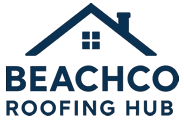
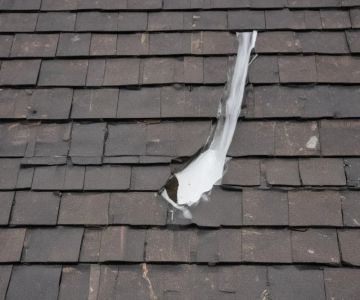

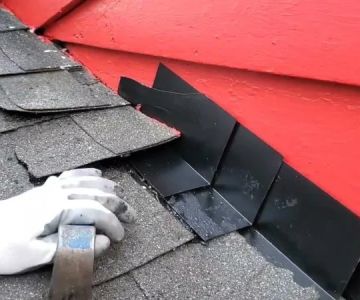
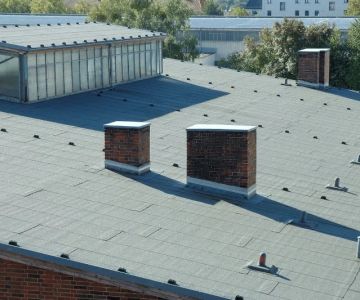
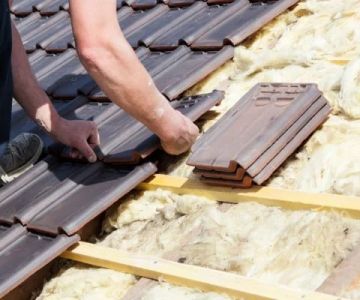

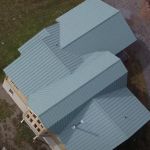 Tema Roofing and Siding5.0 (19 reviews)
Tema Roofing and Siding5.0 (19 reviews)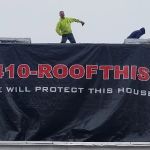 Commercial Roofing Contractors4.0 (18 reviews)
Commercial Roofing Contractors4.0 (18 reviews)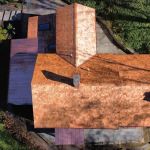 Affordable Roofing Inc5.0 (50 reviews)
Affordable Roofing Inc5.0 (50 reviews) G.D.H. Construction5.0 (1 reviews)
G.D.H. Construction5.0 (1 reviews) CCE Home Improvement Inc4.0 (1 reviews)
CCE Home Improvement Inc4.0 (1 reviews)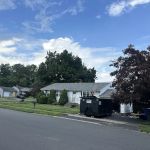 AED Roofers Water Proofers5.0 (3 reviews)
AED Roofers Water Proofers5.0 (3 reviews)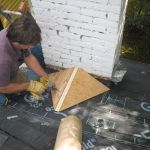 How to Install a Roof Cricket Behind a Rooftop Stairwell Enclosure
How to Install a Roof Cricket Behind a Rooftop Stairwell Enclosure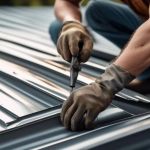 How to Repair a Roof Leak in a Building with a Corrugated Metal Roof
How to Repair a Roof Leak in a Building with a Corrugated Metal Roof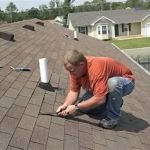 How to Repair a Roof Leak in a Mobile Home or Manufactured Home
How to Repair a Roof Leak in a Mobile Home or Manufactured Home How to Choose a Roofing Material for a Building with a Green Roof System
How to Choose a Roofing Material for a Building with a Green Roof System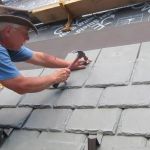 How to Install a Roof Underlayment for a Synthetic Slate Roof: A Complete Guide
How to Install a Roof Underlayment for a Synthetic Slate Roof: A Complete Guide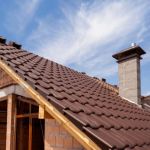 Does a New Roof Add Value to Your Home? ROI for Different Materials
Does a New Roof Add Value to Your Home? ROI for Different Materials